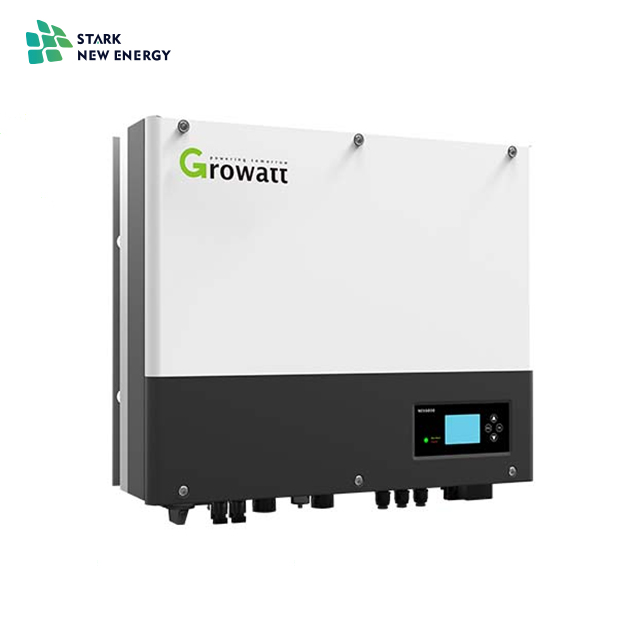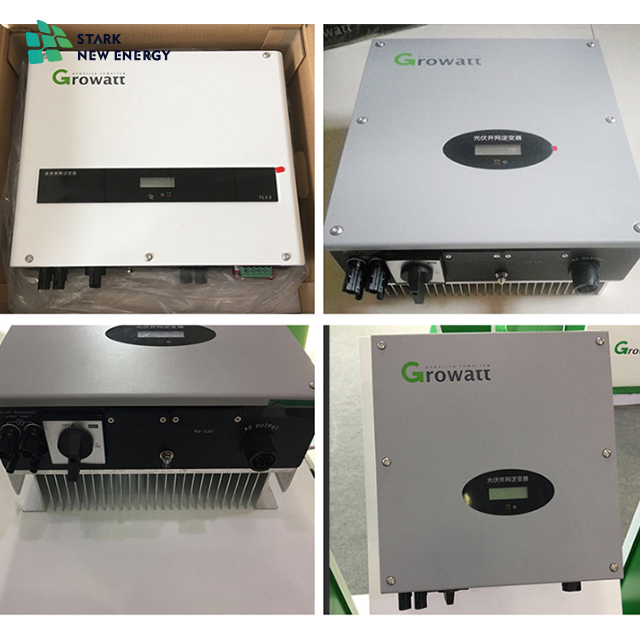Lithium-ion battery safety
Excessive operating temperatures will accelerate battery aging and may result in thermal run-away and explosion of the lithium-ion battery pack. This is of great interest for energetic materials that are highly activated in lithium-ion batteries. Overcharging and short-circuiting of large currents may cause a rapid rise in battery temperature. During the overcharging of lithium-ion batteries, active lithium is deposited on the positive electrode of the battery, and its material greatly increases the risk of explosion, because lithium may explode with various materials, including electrolyte and cathode materials. . For example, a lithium/carbon intercalated compound reacts with water and liberates hydrogen, which may be ignited by the exotherm of the reaction. Cathode materials, such as LiCoO2, will also begin to react with the electrolyte at a temperature above the thermal runaway temperature limit of 175 °C (4.3 V cell voltage).
Lithium-ion batteries use very thin micro-porous film materials, such as polyolefins, for electronic isolation of the battery's positive and negative electrodes because of their excellent mechanical properties, chemical stability, and acceptable price. Polyolefins have a lower melting point range of 135 ° C to 165 ° C, making the polyolefin suitable for use as a fuse material. As the temperature rises and reaches the melting point of the polymer, the porosity of the material will fail, the purpose of which is to prevent lithium ions from flowing between the electrodes, thereby shutting down the battery. At the same time, thermal ceramic (PCT) equipment and safety vents provide additional protection for lithium-ion batteries. The outer casing of the battery, typically used as a negative terminal, is typically a nickel-plated metal plate. In the case of a housing seal, metal particles will likely contaminate the interior of the battery. Over time, it is possible for particles to migrate to the separator and age the insulating layer between the anode and cathode of the cell. A tiny short circuit between the anode and the cathode will allow the electrons to flow freely and eventually defeat the battery. In most cases, this type of failure is equivalent to the battery being unable to supply power and the function is completely terminated. In a few cases, the battery may overheat, blow, catch fire, or even explode. This is the main source of battery failure reported recently, and many manufacturers have to recall their products.
Battery Management Unit (BMU) and battery protection
The continuous development of battery materials has increased the upper limit temperature of thermal runaway. On the other hand, although the battery must pass strict UL safety tests, such as UL16?2, it is still the responsibility of the system designer to provide the correct state of charge and to deal with a variety of possible electronic component failures. Overvoltage, overcurrent, short circuit, overheating, and failure of external discrete components can cause battery failures. This means that multiple protections are required - with at least two separate protection circuits or mechanisms in the same battery pack. At the same time, it is desirable to have an electronic circuit for detecting a small short circuit inside the battery to avoid battery failure.
Figure 1 shows a block diagram of the battery management in the battery pack, which consists of a fuel gauge integrated circuit (IC), an analog front end circuit (AFE), and a separate secondary safety protection circuit.
Figure 1. Battery Management Unit
The fuel gauge circuit is designed to accurately indicate the amount of lithium-ion battery available. The circuit's unique algorithm allows real-time tracking of battery pack power storage changes, battery impedance, voltage, current, temperature, and other circuit information. The fuel gauge automatically calculates the rate of charge and discharge, self-discharge, and battery cell aging, achieving high-accuracy fuel gauges over the life of the battery. For example, a series of patented impedance-tracking fuel gauges, including the bq20z70, bq20z80, and bq20z90, provide up to 1% accuracy over the life of the battery. A single thermistor is used to monitor the temperature of the lithium-ion battery to achieve overheat protection of the cell and for charge and discharge limiting. For example, battery cells are generally not allowed to charge in temperatures below 0 ° C or above 45 ° C, and are not allowed to discharge when the cell temperature is above 65 ° C. If an overvoltage, overcurrent, or overtemperature condition is detected, the fuel gauge IC will command the AFE to turn off the charge and discharge MOSFETs Q1 and Q2. When a battery under-voltage condition is detected, the AFE is commanded to turn off the discharge MOSFET Q2 while keeping the charge MOSFET on to allow the battery to charge.
Jiangsu Stark New Energy was founded in 2018. It is an emerging new energy manufacturer and trader. Off-grid inverters, as an indispensable part of hybrid solar systems, are part of our company`s efforts to test and promote. Through a large number of systematic tests, the main brands we sell are Growatt, Goodwe, Sofar solar,
In the process of our market development, we will gradually act as agents for more high-quality brands, so that customers can eliminate the worries about product selection. From our company can one-stop purchase to the most cost-effective off-grid inverter


Hybrid Solar System,Wind Solar Hybrid System,5Kw Hybrid Solar Power System,Hybrid Soar Energy System
Jiangsu Stark New Energy Co.,Ltd , https://www.stark-newenergy.com
